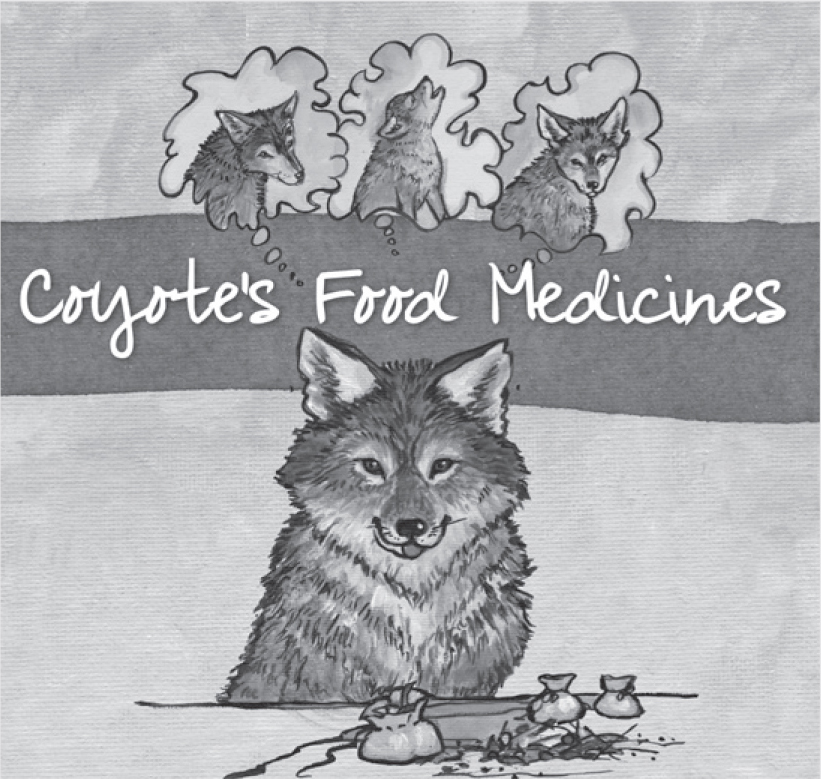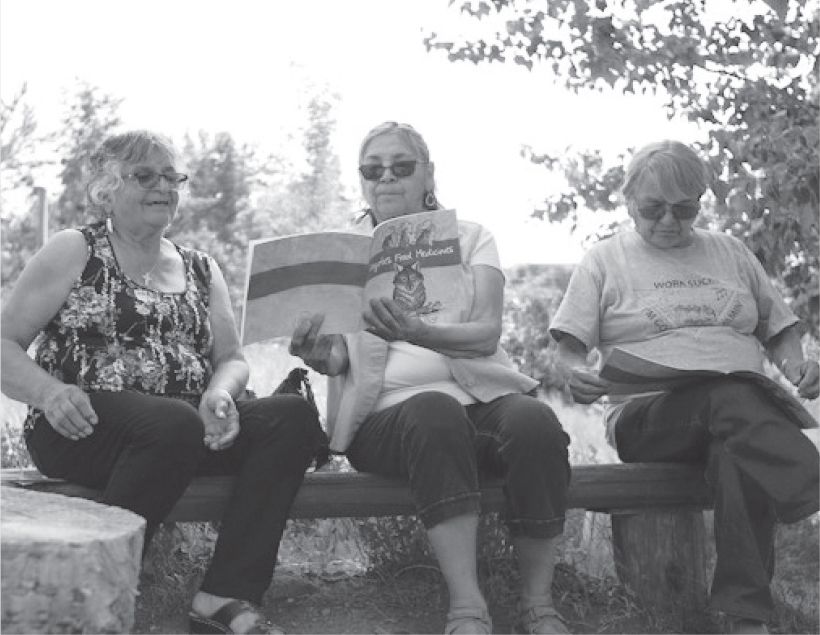Medication use in Indigenous communities
 An Indigenous storytelling project called Coyote’s Food Medicines was launched in front of an audience of 4000 Elders at the BC Elders Gathering in July to encourage conversations about wellness and how to manage medications for a healthy life. Secwepemc Elders created the Coyote’s Food Medicines story using a traditional approach to share knowledge and humor to raise awareness of the issue of multiple medications and their potential impact on health.
An Indigenous storytelling project called Coyote’s Food Medicines was launched in front of an audience of 4000 Elders at the BC Elders Gathering in July to encourage conversations about wellness and how to manage medications for a healthy life. Secwepemc Elders created the Coyote’s Food Medicines story using a traditional approach to share knowledge and humor to raise awareness of the issue of multiple medications and their potential impact on health.
Shared Care’s Polypharmacy Risk Reduction Initiative (a partnership of Doctors of BC and the BC government), the First Nations Health Authority, and Interior Health worked with Elders, initiating conversations that led to the creation of the Coyote story. In describing the challenges concerning medication use in First Nations communities, Elder Jean William said, “In the past, our Elders didn’t take lots of medication, mostly just Aspirin. But now, cupboards look like pharmacy shelves.”
The Coyote’s Food Medicines project promotes healthy conversations between patients and providers, such as doctors, nurses, and pharmacists, in an effort to prevent side effects and adverse events, such as falls and injuries, from polypharmacy.
Dr Keith White, physician lead for the Polypharmacy Risk Reduction Initiative, says, “We feel this story can provide a platform for discussions among First Nations families and their health care providers, to help initiate regular medication reviews and find options that optimize health and minimize risks of multiple medications.”
Copies of the book are available online at www.coyotestory.ca, along with materials to help track medications, and tips on how to talk about medications with health providers.

Elders of Northern Secwepemc: Clara Camille, Jean William, and Cecelia de Rose

